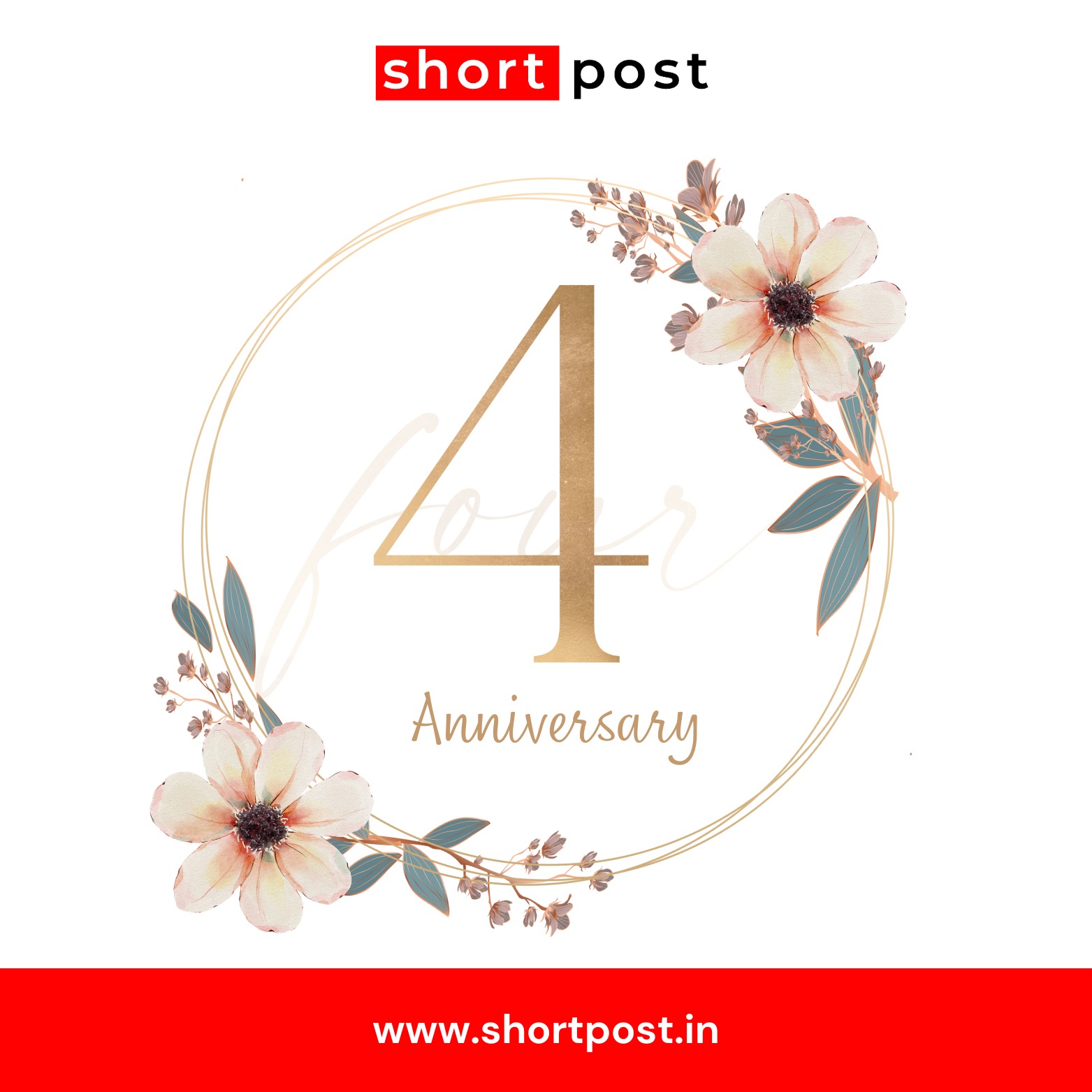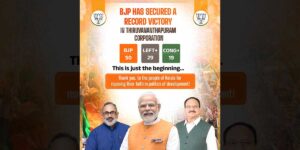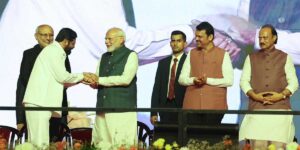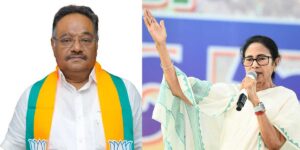[the_ad id=”14101″]
The informal economy in India was estimated at 25.9% in FY16. This has come down to 23.7% in FY23, according to a report by SBI. In absolute terms, about Rs 26 lakh crore was formalised between FY16 and FY23. India has indeed been the number one country in the world in terms of digitalization. Today, street vendors in tier-3 and -4 cities too are using BHIM, PayTM, GPay and the like. Yet,a number of unorganized sectors are still making payments via cash. What is surprising, however, is that the so-called elite professionals comprising doctors, lawyers and chartered accountants continue to take recourse to cash transactions. The hospital market in India is expected to achieve a revenue of $ 126 billion in 2024, according to Statista market research. This number is anticipated to touch $162 billion by 2029.It is expected to grow annually at 5%. Doctors’ consultancy fees are usually received in cash. The consultancy fee ranges from 10 to 25%. Estimates suggest that the doctors’ consultancy fees work out to $ 12 billion. There are elite professionals such as advocates, chartered accountants and the like who too have a cash component to their receivables. There are also other professionals in the informal sector such as plumbers, electricians et al who are paid in cash. The electrical and plumbing services market is nearly $ 5 billion and expected to grow 25% in 5 years. A fourth of the economy is still outside the formal system. What will be the efficacy of policies pursued by the Reserve Bank based on three-fourth of the data? Insufficient numbers aside, the quality of data hasn’t done much to help the cause of RBI. Many governors of the past have complained about this. Well, the solution lies in fast-tracking the formalisation.

 Politics
Politics Business
Business Entertainment
Entertainment Sports
Sports Celebrities
Celebrities





